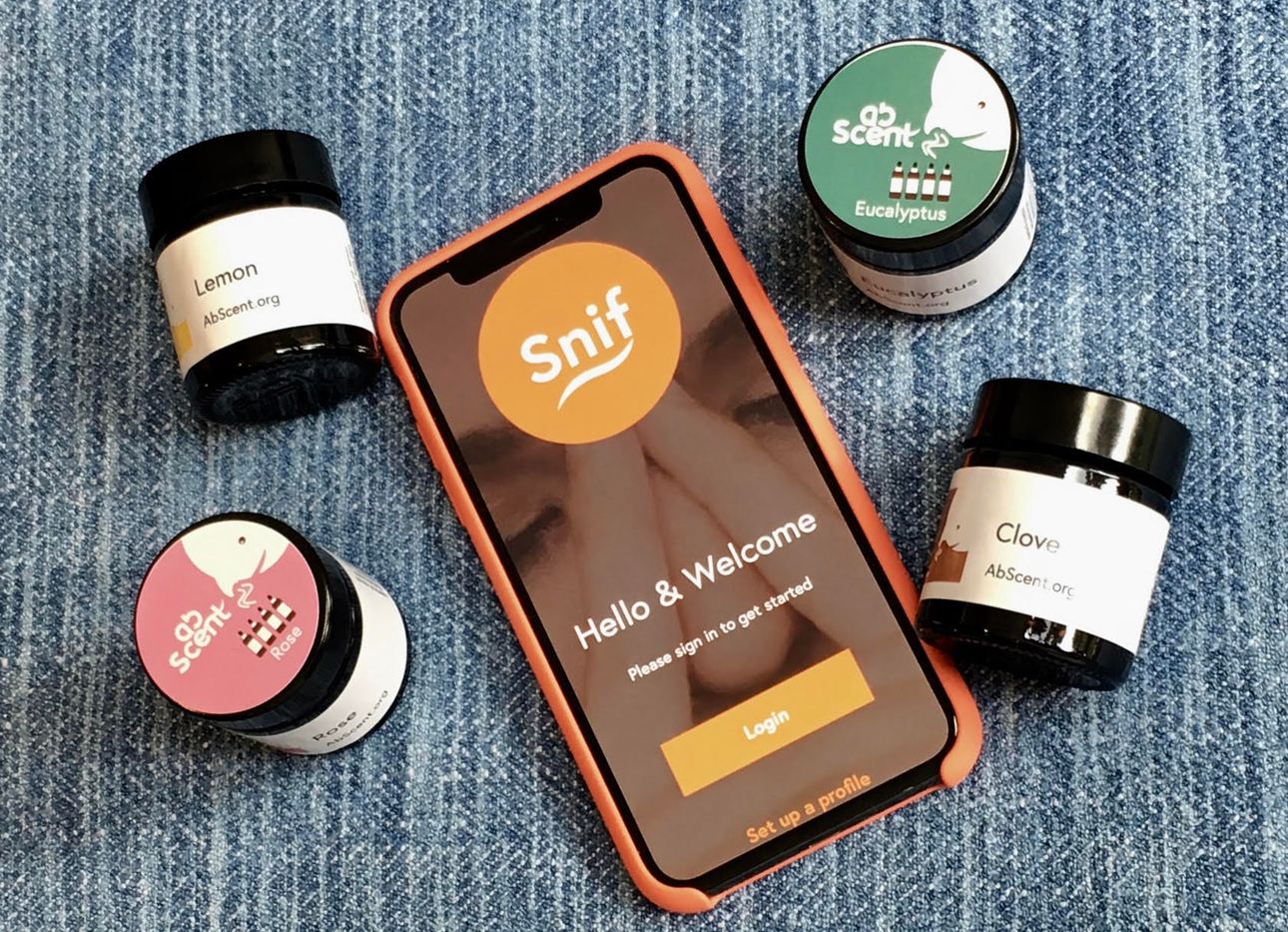
This British Nonprofit Provides a Lifeline to People Who’ve Lost Their Sense of Smell
After catching a virus on an airplane nine years ago, Chrissi Kelly lost her sense of smell. To cope, she began smell training, a therapy that involves repeatedly sniffing potent odors as a means to stimulate the olfactory cortex, the part of our brains responsible for processing and perceiving scents. The little-known technique, first described in a research paper by a team of German experts in 2009, paired with the lack of resources available to help people with olfactory deprivation, intrigued Kelly. She dove into more scientific research about smell loss, and soon developed her own smell training kits and the companion Snif app, both available via AbScent, a British nonprofit she founded in 2018 that’s overseen by an advisory board of leading doctors and scholars.
AbScent also provides instructions for how to build a D.I.Y. smell-training kit using glass jars, watercolor paper, and four essential oils. The directions are simple enough: place an oil-covered disk of the paper at the bottom of a jar, hold it close to your nose, and gently sniff for 20 seconds while focusing on the scent. Afterward, think about the smell, take a few breaths, move onto the next fragrance, and repeat twice daily for a minimum of four months.
The kits form a central part of AbScent’s services, which focus on providing support, education, and practical advice for those afflicted by scent loss. When olfactory impairment emerged as a common symptom of Covid-19, AbScent’s community surged. (People can access its network by signing up for a free membership.) Today, AbScent regularly hosts webinars, publishes peer-reviewed studies about the relationship between the virus and loss of smell, and creates forums for people to discuss their symptoms and share resources. Its ongoing research initiative, the Sense of Smell Project, aims to pinpoint clusters of scent-loss experiences that will inform future areas of inquiry. “AbScent aims to bring our fast-growing community together with clinicians and researchers in a two-way relationship that benefits both sides,” Kelly says. “Where our members have contributed to research studies, we consider it vital to share the results. This creates a virtuous circle where patients feel empowered, their voices are heard, and research objectives are achieved. It benefits all.”